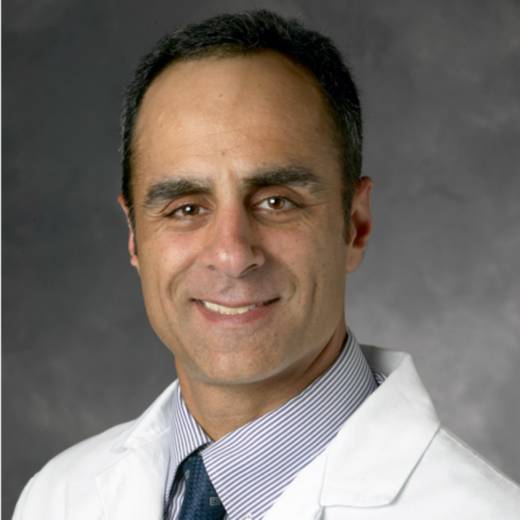Dr. Baldeep Singh says there’s no one answer to the opioid crisis and it will take a team approach and some new policies to tackle it.
When a recent patient I’ll call Ron came to see me for his opioid prescription refill, our usual dance commenced. I advised him of the dangers of continuing opioids and offered him a panoply of options. He, in turn, pushed back, citing daily struggles with pain, despite the medication, begging me to help his suffering.
As a primary care physician, one of my biggest challenges is managing patients on these medications. Many patients were started on these drugs years ago, and unbeknownst to them developed tolerance and inadvertent addiction.
We are now in a battle to reverse a decades old trend. Opioids have a long history in medicine. Although the social stigma around their use has accumulated for centuries, these drugs have become key to controlling pain after surgery or in the waning days of terminal disease.
Then in the 1990’s physicians began to think of chronic pain in more medical, and less moral, terms. This change became the slippery slope of easy pain relief, and we physicians became complicit in an epidemic. Guidelines for opioid use focused solely on pain relief and encouraged treating chronic pain without weighing the dangers of overdose and dependency. This trend, of course, was fueled by the pharmaceutical industry. But by the early 2000s, it was clear this epidemic would not be easy to combat.
